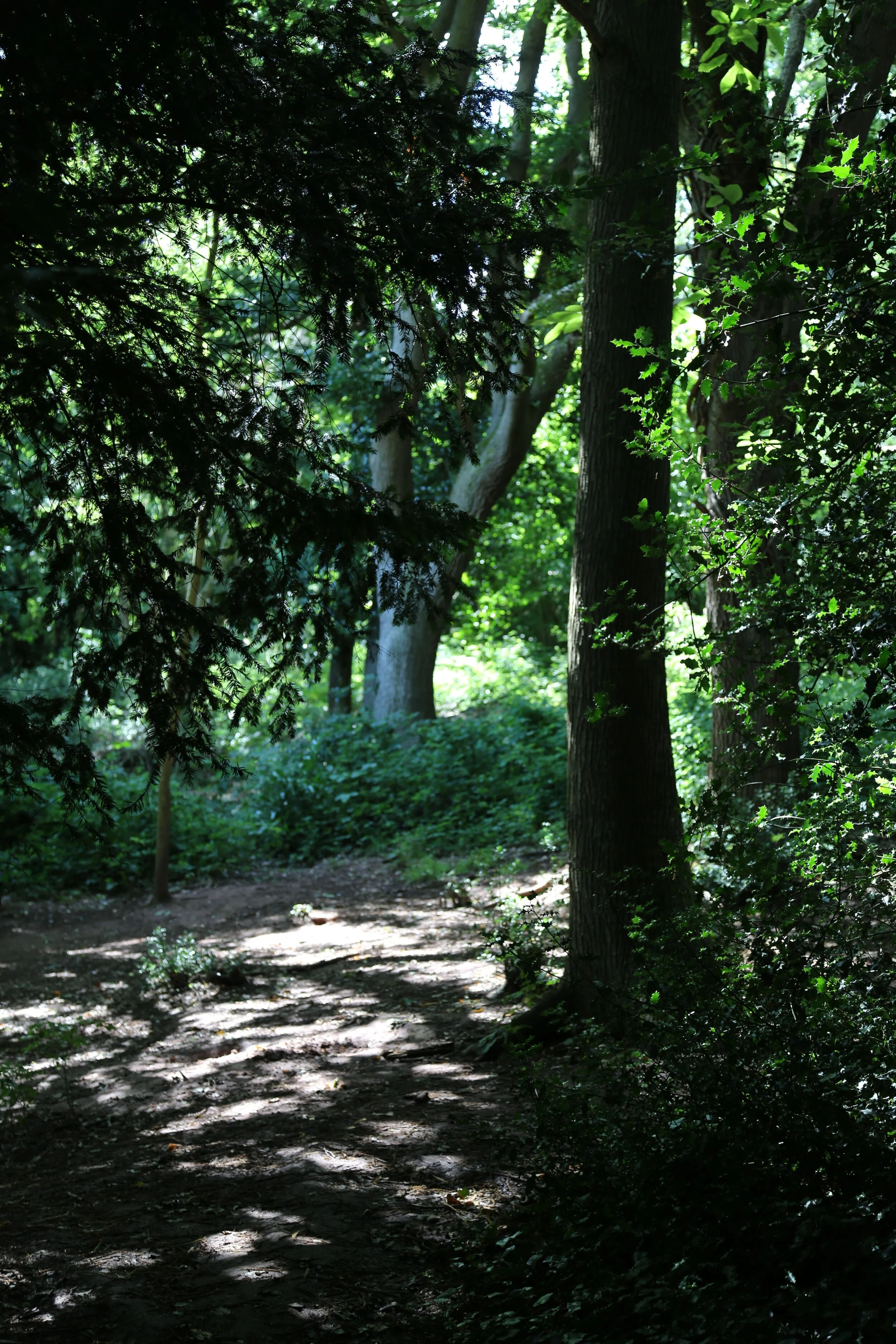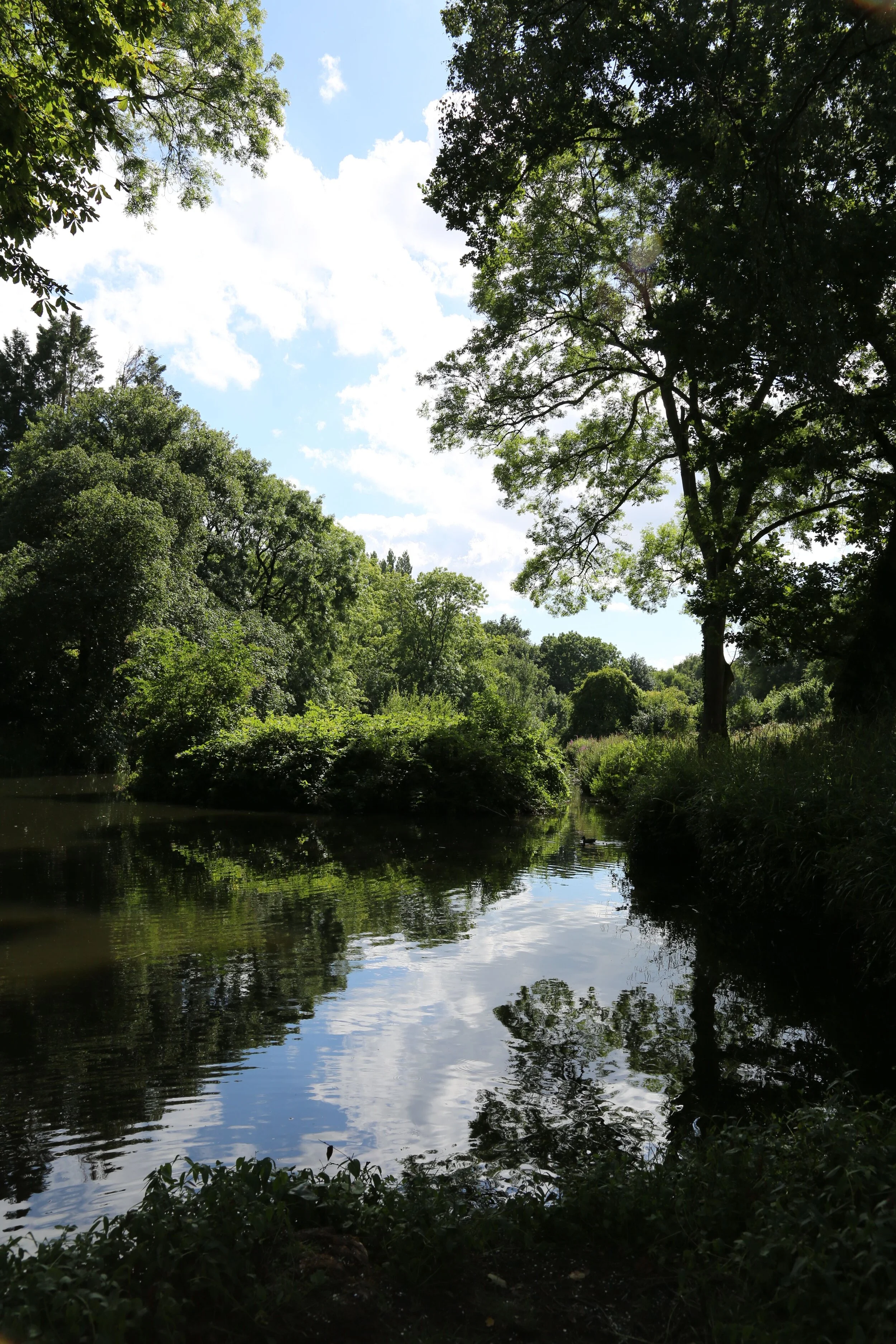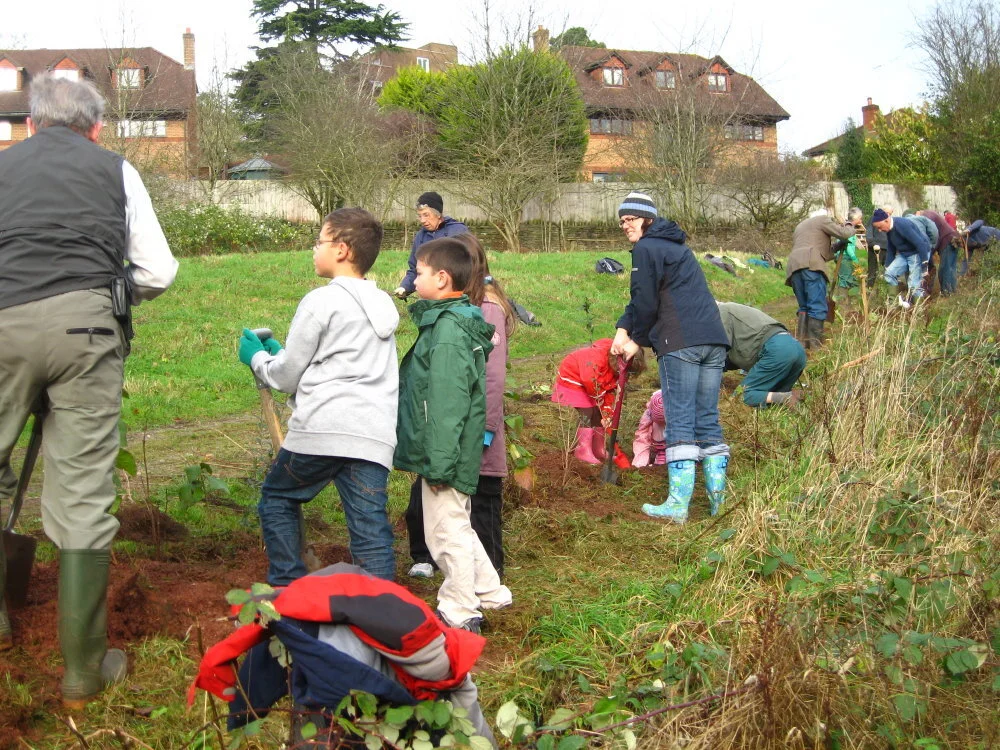
Conservation
Careful management techniques are used to maintain the richness and variety of wildlife in the different habitats in the Nature Reserve.
Wildlife
An important part of conservation work is monitoring. Surveys of the plants have been carried out by Avon Wildlife Trust and Bristol Naturalists Society with the records being held at the Bristol Regional Environmental Records Centre (BRERC). In addition the Friends have made surveys of wildflowers and trees and individuals have recorded birds, butterflies and lichens.
At least 130 different species of flowering plants have been observed. At least seventeen different species of butterflies have been counted and more than forty species of birds.
It is the diversity in a small area which makes the reserve special. There is little that is rare, though ivy broomrape which is nationally rare is quite common locally.
Among the birds, species range in size from goldcrests and blackcaps to larger woodland species such as tawny owls and jays, and to big birds of prey such as buzzards. Birds which visit the lake include herons and kingfishers.
Grasses such as timothy and foxtail indicate that the grassland is old, but the oldest specimens on the reserve are some of the pollarded oaks which may be up to four hundred years old.
Flower Meadows
Hay and flower meadows are very special places, and nationwide they are being lost at an alarming rate: 95% of England's flower meadows have disappeared since 1945.
Flower meadows are the product of long-established agricultural practices. In the past the grass was cut and stored as hay for winter fodder; the animals were put out to graze in August and brought in during the winter. This gave the flowers an opportunity to bloom and seed before being cut, and the coarser grasses and bramble were held in check by grazing. This regime has long gone from the countryside, apart from a few places in the north of England.
Where coarse grasses and bramble are not controlled there is a decline in the number and variety of wild flowers. This has been the fate of the Reserve in the past few years. We are trying to restore the ancient grasslands as flower-rich meadows to maintain and then increase wildlife diversity.
This requires a careful combination of mowing and grazing to reproduce traditional farming methods as far as possible.
The hay needs to be cut and removed once in August and the bramble controlled in spring and autumn.
Limited grazing by horses can play a part in the Reserve's recovery. New fences and stock-proof hedging round the fields have made it possible to re-establish this aspect of management.
The Lake
The lake has required major conservation work: two things happen to lakes - they fill with sediment, and vegetation develops in the shallows.
Half the surface area had been lost due to the accumulation of silt. The lake in its previous state could not support the diversity of wildlife for which it had the potential, e.g. more birds, marginal plants and dragonflies. If the silting had been left unchecked, the lake would have been lost completely. Sediment had been building up since the lake was constructed about a hundred years ago, and its removal was an enormous and expensive task which required professional help.
Trees, saplings especially willow, and scrub, had grown up along the margins. The roots were causing the stone walls of the lake to disintegrate and the dam to crack.
Leaves falling into the lake cause a build up of methane and loss of oxygen in the water, with the loss of variety and richness in aquatic life. Experts on lakes and ponds say there should be no more than 30% shade for a healthy lake, since too much shading by trees prevents sunlight falling on the water which causes a further reduction in aquatic plant life. Any area of woodland should be at least 20m back from the water's edge.
Tree and shrub planting
We have replaced many of the big trees that have fallen with new saplings as well as putting in a new hedge which contains a variety of native British species. This is important as native species provide food for birds and insects.
Aftercare of these plantings includes regular weeding and mulching until the plants are well established.




